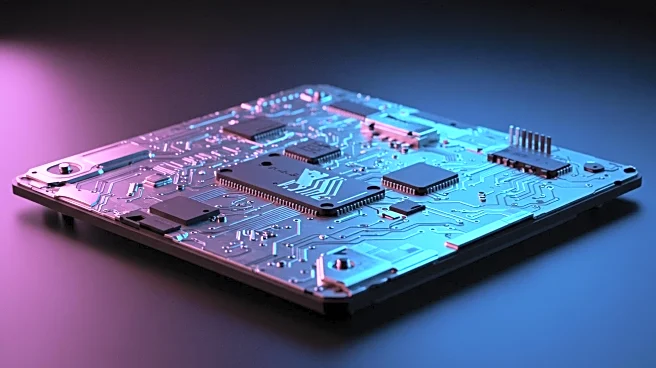What's Happening?
A study published in the International Journal of Business Communication highlights the risks managers face when over-relying on AI-assisted writing tools for communication that requires human interaction or subjective input. The research surveyed 1,100 full-time U.S. professionals and found that while AI tools are beneficial for eliminating grammar and editing mistakes in routine communications, they can undermine trust when used excessively for relationship-oriented messages. The study, co-authored by Anthony Coman from the University of Florida and Peter Cardon from the University of Southern California, suggests that AI-assisted writing is perceived as sincere for low-assistance messages by over 80% of respondents, but only 40% to 52% view high levels of AI assistance positively.
Why It's Important?
The findings underscore the importance of maintaining human elements in managerial communication, particularly in messages that require empathy and personal feedback. As AI tools become more prevalent in workplace communication, managers must balance technological efficiency with the need for authentic human interaction to preserve trust and credibility. This is crucial as AI tools are increasingly used in decision-making processes affecting employee raises, promotions, and terminations. The study suggests that while AI can enhance productivity, it should not replace the human touch in people management, highlighting the need for organizations to align AI use with human-centric strategies.
What's Next?
Organizations may need to develop clear communication plans that outline the role of AI tools in decision-making and ensure that human elements are preserved in relationship-oriented communications. This could involve training managers on the appropriate use of AI tools and fostering a culture that values human interaction alongside technological advancements. As AI continues to evolve, companies will need to navigate the balance between efficiency and empathy to maintain employee trust and engagement.













